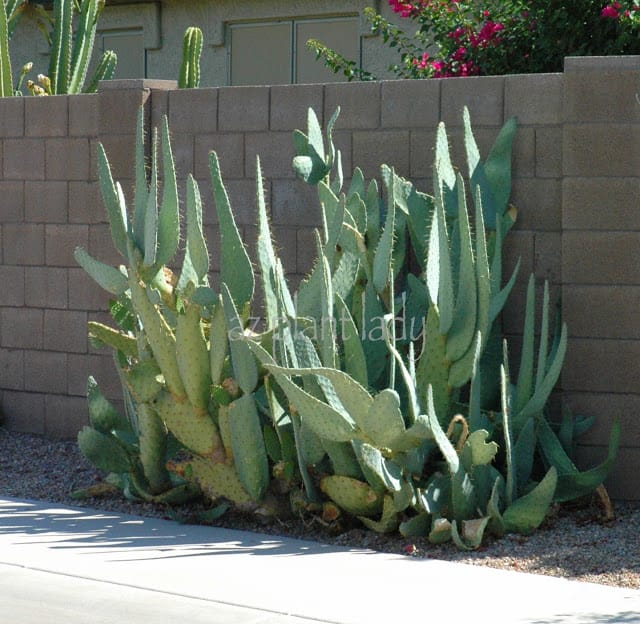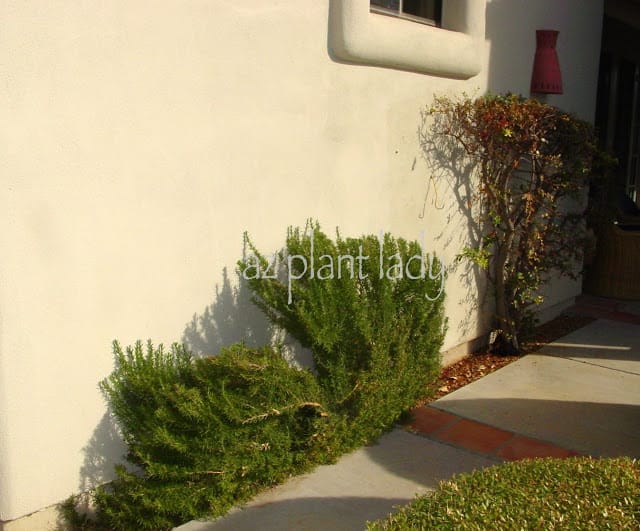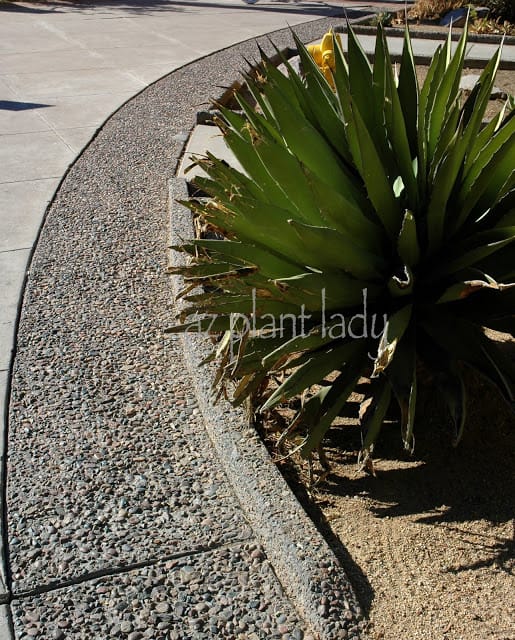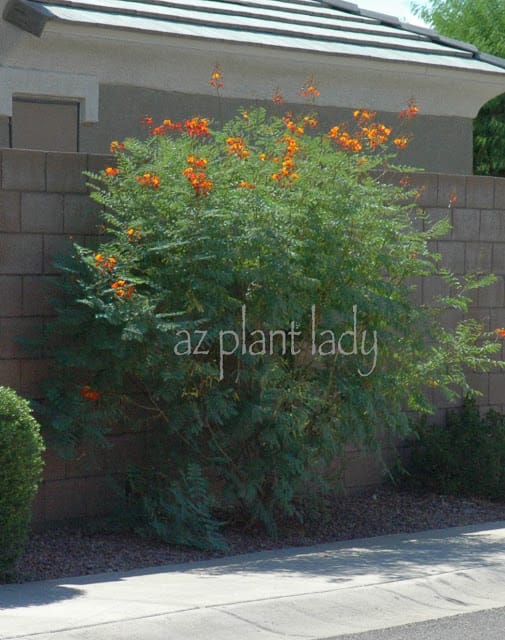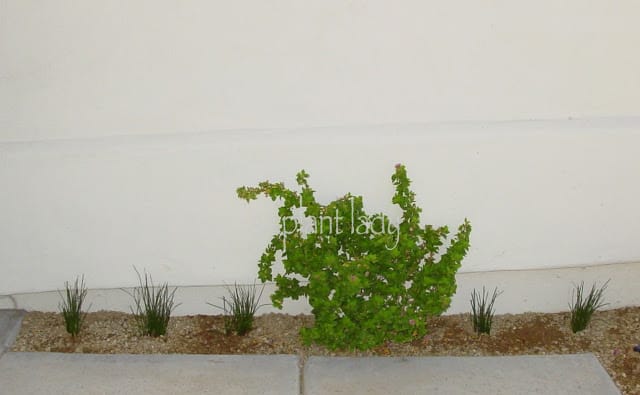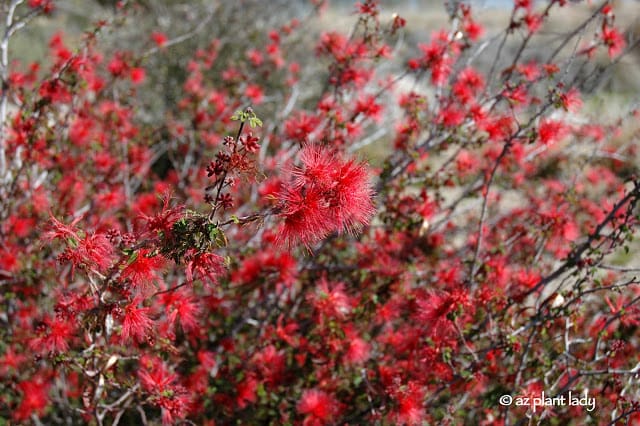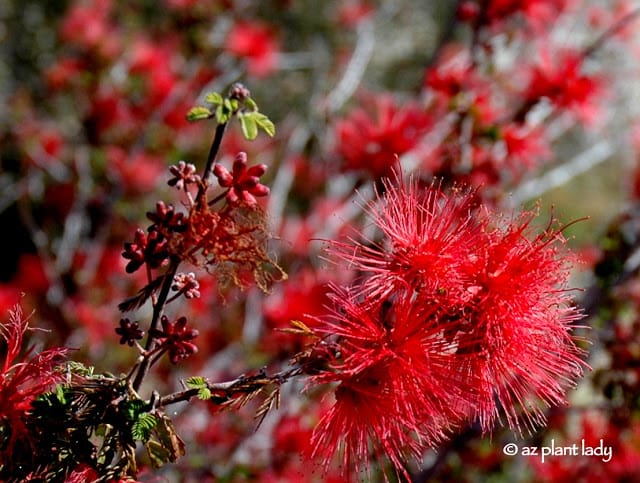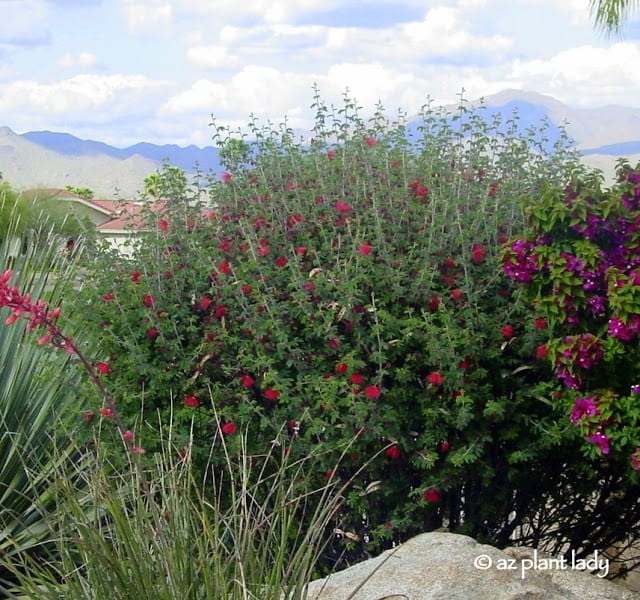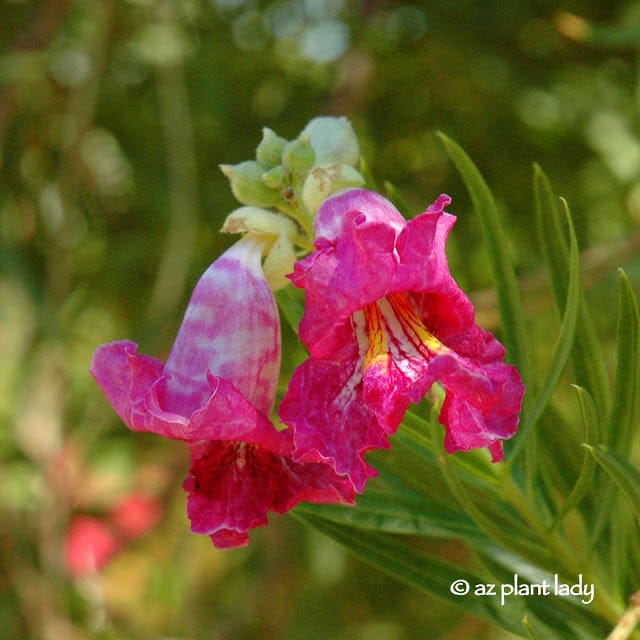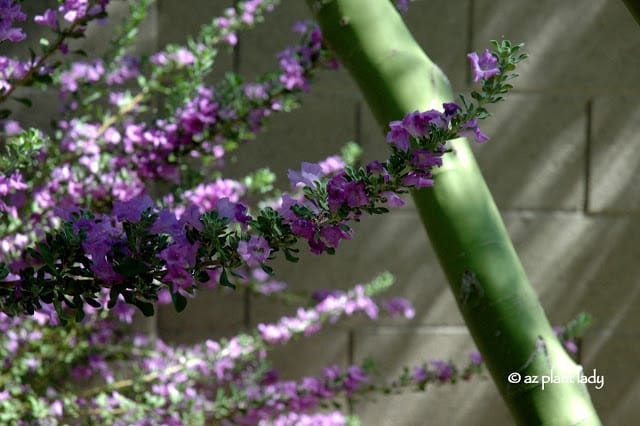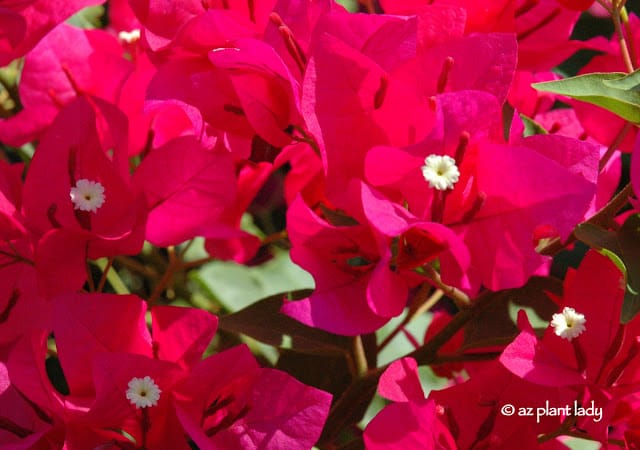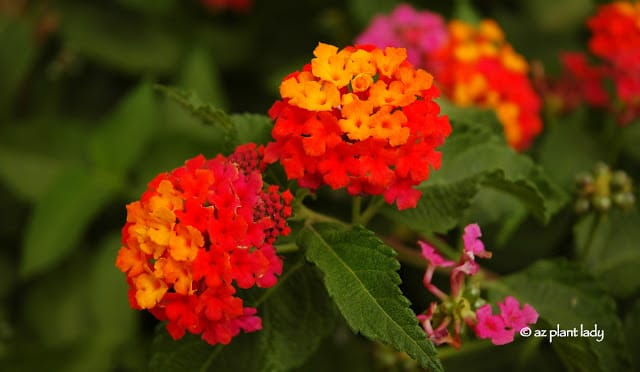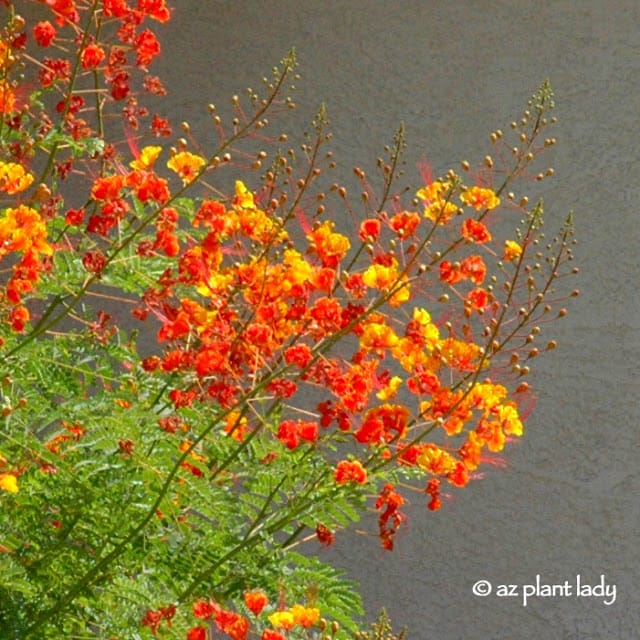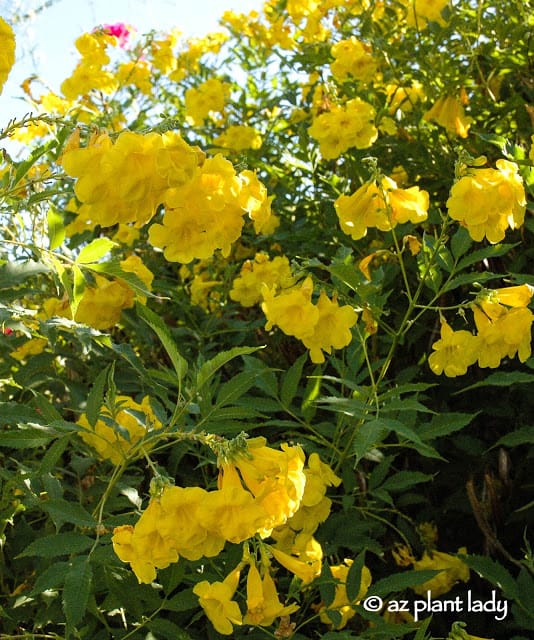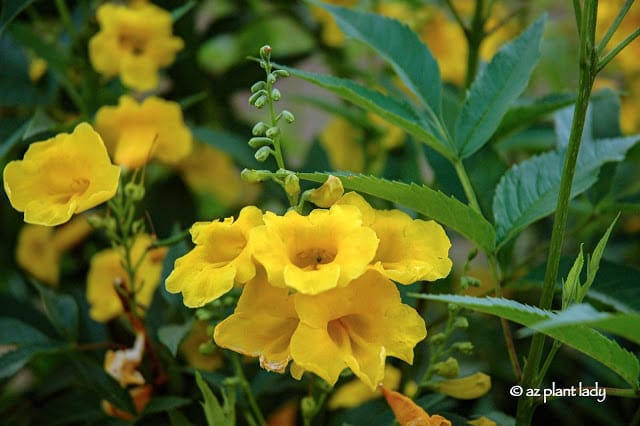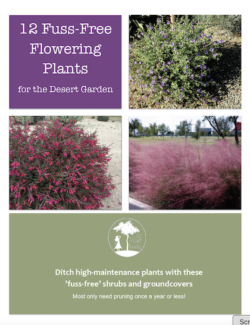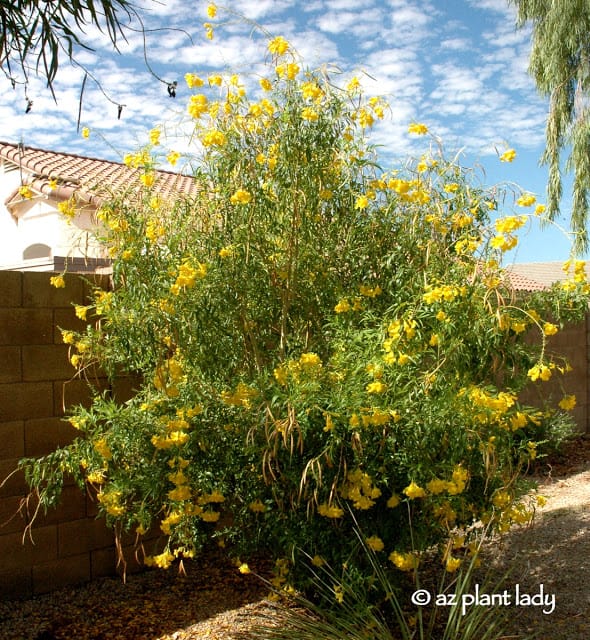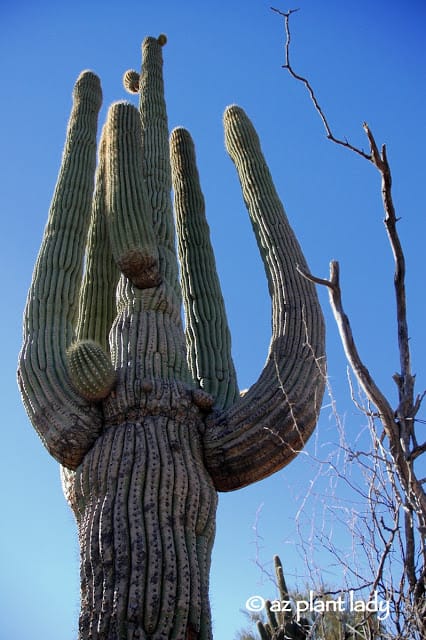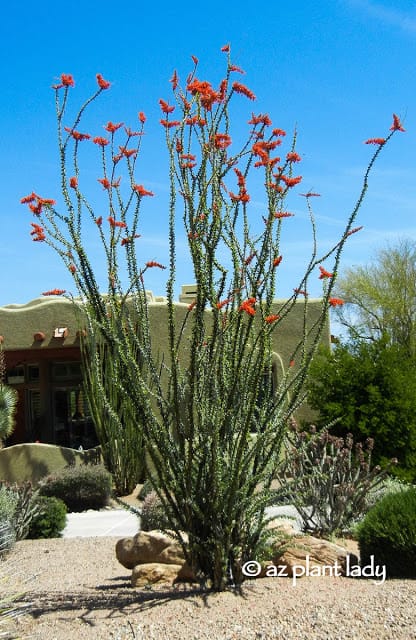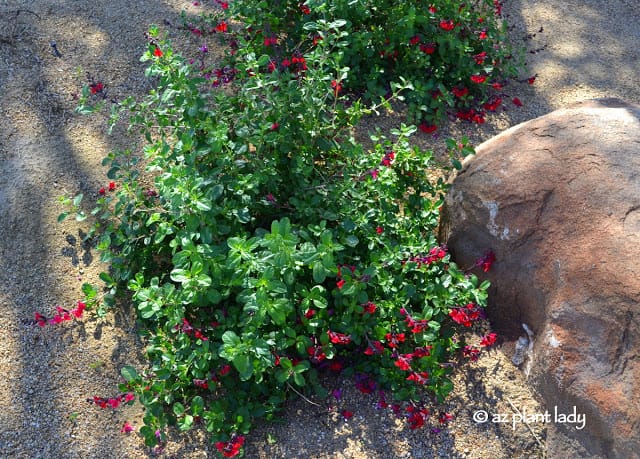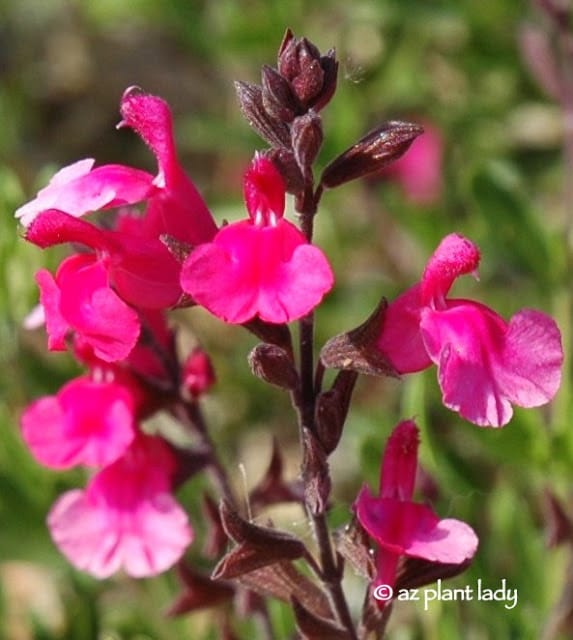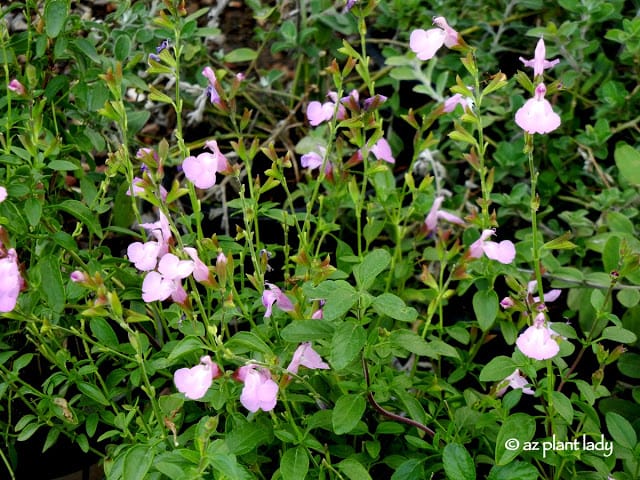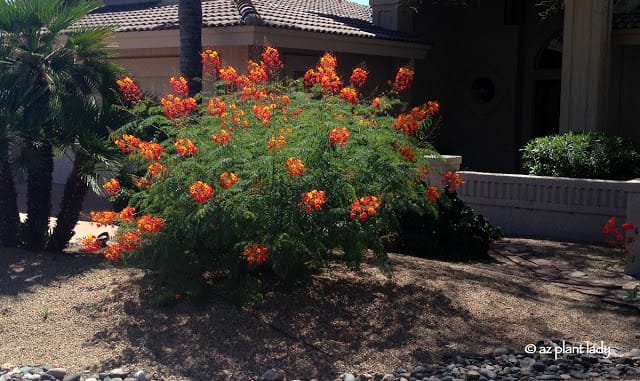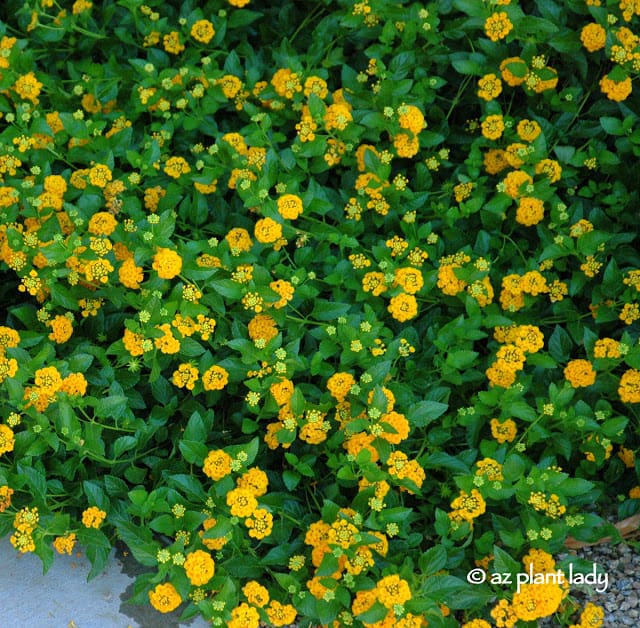A Desert Shrub that Smells Like Rain
Someone once commented about how much they loved the wonderful smell of rain in the desert. This person had moved away and they missed the characteristic fragrance that permeates the desert air when the rains came. People who have not visited the southwestern parts of the US may wonder what on earth she was talking about.
The Aromatic Wonder: Creosote (Larrea tridentata)
Well, there is a shrub that can be seen growing predominately throughout the desert southwest. It releases a wonderful fragrance whenever it rains. This shrub is known as creosote (Larrea tridentata).

This characteristic desert shrub can be found growing in the California desert. It also grows in the southern third of Arizona, New Mexico and the western half of Texas otherwise known as the Mojave, Sonoran, and Chihuahuan deserts.
Genetic Mysteries of Creosote Shrubs
I am a bit of a science geek. What I find fascinating is that creosote shrubs are classified as a single species. But depending on what desert they are growing in, have different chromosome numbers. Those found in Texas have 26 pairs. While in Arizona they have 52 pairs and in California they have 78 pairs. Some scientists theorize that the creosote found in California evolved from those in the Arizona desert. The higher chromosome count somehow enabled them to survive the drier conditions of the Mojave Desert.
Believe it or not, some colonies in the Mojave desert are absolutely ancient — over 11,500 years old.

The Resinous Defenders: Adaptations of Creosote
Their small leaves are covered with resin to protect against water loss and from being eaten. It is widely thought that creosote produces a toxin or uses up all available water to keep other plants from growing close by therefore keeping competition for limited resources to a minimum.
Creosote’s Influence on the Landscape
I had a client who had a large beautiful creosote growing in their garden. She also had a boxwood hedge that was thriving, except for one area where a few boxwood shrubs were yellow and sickly. They had been that way for years. Coincidentally those sickly shrubs were a few feet away from the creosote.
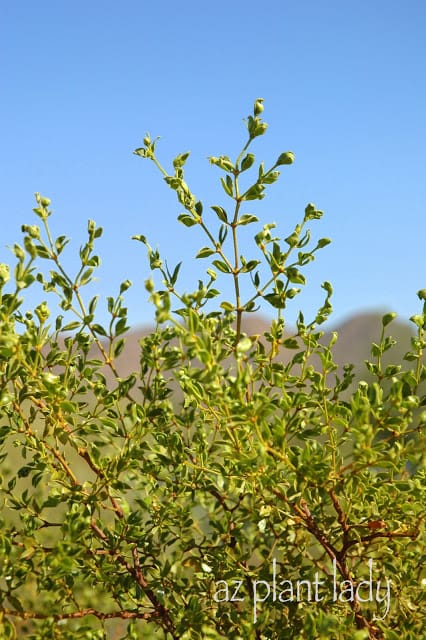
Growing Creosote in Your Desert Landscape
Creosote can be grown in the desert landscape under 5,000 ft. They do best with limited water and grow slowly. In their native habitat, they typically grow to 4 feet in height. But in a landscape setting, they can reach heights of up to 12 feet.
Propagating Creosote: Tips and Tricks
To start from seed, pour boiling water over the seeds and let sit overnight. Then plant in soil and water. As the plant grows, slowly taper off the water. I recommend only watering a mature creosote, to a depth of 2 feet, 2 to 3 times in the summer. They can survive without any supplemental water.
Enjoying the Fragrance: A Desert Delight
Another interesting fact – did you know that you don’t have to wait for it to rain to enjoy the fragrance of this shrub? All you need to do is take a few leaves from the creosote and rub them between your fingers and you’ll be able to smell the refreshing scent of rain that is so characteristic of the Southwest.








